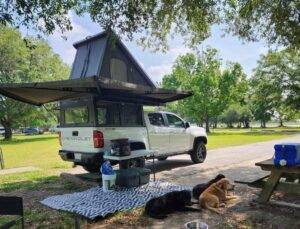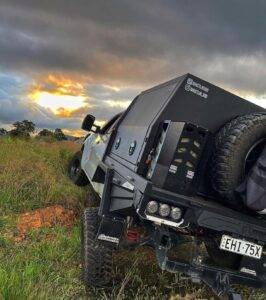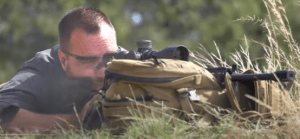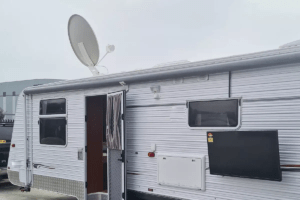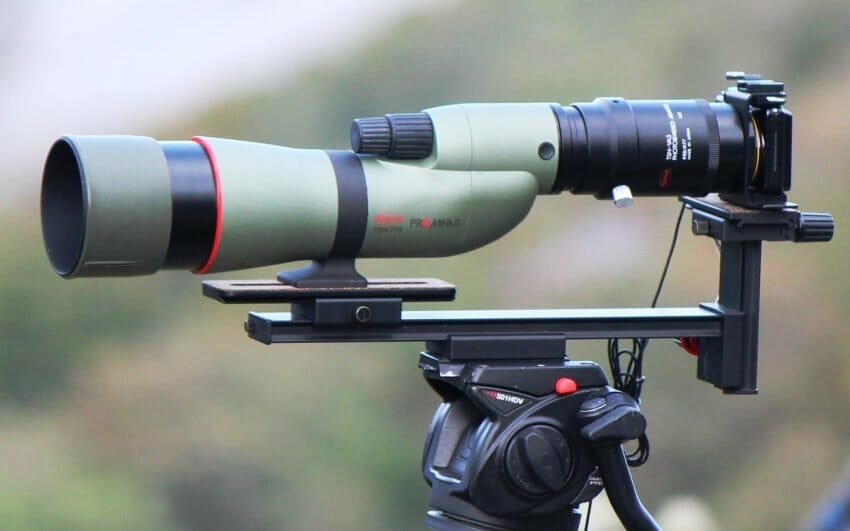
Hunters and birdwatchers as well as plain enthusiasts who have had the opportunity to use both binoculars and spotting scopes usually end up choosing the spotting scope. Yes, it takes time to set up compared to the binos which you can simply hang around your neck, but once in the right position, spotting scopes can offer many benefits that far outweigh those from your regular binoculars.

Why use a spotting scope instead of binoculars? Let’s take a look at Optics Hunt where is few tips to help you use the scope more efficiently. Let’s consider a few reasons below.
- Uninterrupted zooming
Binoculars come as two small telescopes that are set together and connected by a middle part. While they offer zoom, the fact that two binocular parts are operating individually means that it is near impossible to gain at the same level of magnification. The left and right lenses will always experience some type of lag.
On the other hand, spotting scopes are a single apparatus. Every control works towards operating the equipment means that you get much clearer images. You will not have to deal with things like lag. Simply focus on the image and zoom in.
- Easy to carry
So I admit binoculars are way easier to carry around than the average spotting scope. However, this should not be the reason to leave the spotter behind because as we have seen, there are plenty of benefits that come with hunting with a spotting scope.
The tripod is another part of the scope that makes it harder to carry. All the necessary equipment combined can be a bit bulky. The great thing is that many optics manufacturers have realized the need for smaller versions. More lightweight and compact binoculars continue to be released into the market.
And if you think these smaller spotting scopes are not as performing, think again. While the general rule of thumb is the larger the objective lens the better the magnification, the smaller spotters come with high quality lenses that are coated with special material to prevent image aberration and light reflection. You will still be able to zoom in just as you would with the larger scopes.
When it comes to magnification, binoculars simply cannot compete with spotting scopes. While the average pair of binos have 8-20x magnification, spotting scopes normally start out at 15x and can offer up to 80 times magnification-sometimes even more. Binoculars may offer a larger field of view and yes you will be able to spot a herd of deer from two miles off but you won’t get in close enough to check out the finer details.
For that, you need a spotting scope. This will allow you to zoom in close enough to select your target. If its elk, you can pick a good trophy by how large the antlers are. You can even be able to count the number of tips from a long way off.
Spotting scopes also allow you to calculate your next move thanks to the more detailed information that it provides. For example, you are able to take a closer look at the terrain your target is in and where it will likely escape form.
Safety is also an added benefit. Chances are other predators are on the trail of your quarry. By being able to view a long way off, you can check out if there are any bears, wolves or mountain lions in the area. If you spot one, you can keep yourself out of harm’s way.
- Picking the right time to move in
When using binoculars, you may need to creep in closer to get a better view of your target. However, wild animals are equipped with amazing senses and can be off faster than you can blink.
Spotting scopes offer you an alternative. Thanks to the high magnification, you can sit back from a long way off and simply observe your quarry without it even knowing its being watched. From there you can decide on the best position to lay an ambush or simply take that long distance shot.
With a spotting scope, your stealth mode is well enhanced.
- Shooting with spotting scopes
Out on the range, spotting scopes are sometimes used to confirm whether a target that is located 200 yards or more has been hit. This is something that can simply not be done with your ordinary binoculars since they lack the magnification necessary to keep track of the bullet trajectory.
Factors such as wind speed and wind direction affect how the bullet travels from the barrel of a gun. Greater distance exposes the bullet to the elements and provides more chance of distortion and change in the trajectory.
By following how the bullet travels, the spotter can help the shooter make the necessary adjustments in order to hit the target.
Without the help of spotting scopes, spotters would have to keep going in to check the results of the shot. An activity that is both time consuming and inefficient.
- Visibility in low light
Spotting scope lenses are usually of higher quality than those found in your ordinary binoculars. The size of the objective lens, which is larger than in binoculars, also plays a crucial role. It allows for better magnification.
And that’s not all, spotting scopes objective lens will also come with special coatings. These prevent light from bouncing off the lenses as well as preventing image distortion. You therefore get clear images at higher magnifications and low light.
During the late evenings is when prey animals are crawling out of their hiding places to stack up and to catch up with comrades. This is when a hunter needs to be on high alert. Binoculars will not offer quality images even while the distance is not that great. You need a quality spotting scope to help you quickly assess the situation and pick out your target before the light runs out.
Conclusion
The question as to why to use a spotting scope instead of binoculars should be straight forward by now. Binoculars will not offer the quality images at great distances like spotters do. What’s more, spotters are usable even as the light runs out. You can get a close in view of your target and make a better hunting decision.
Article Written By; Kevin Fleeman

